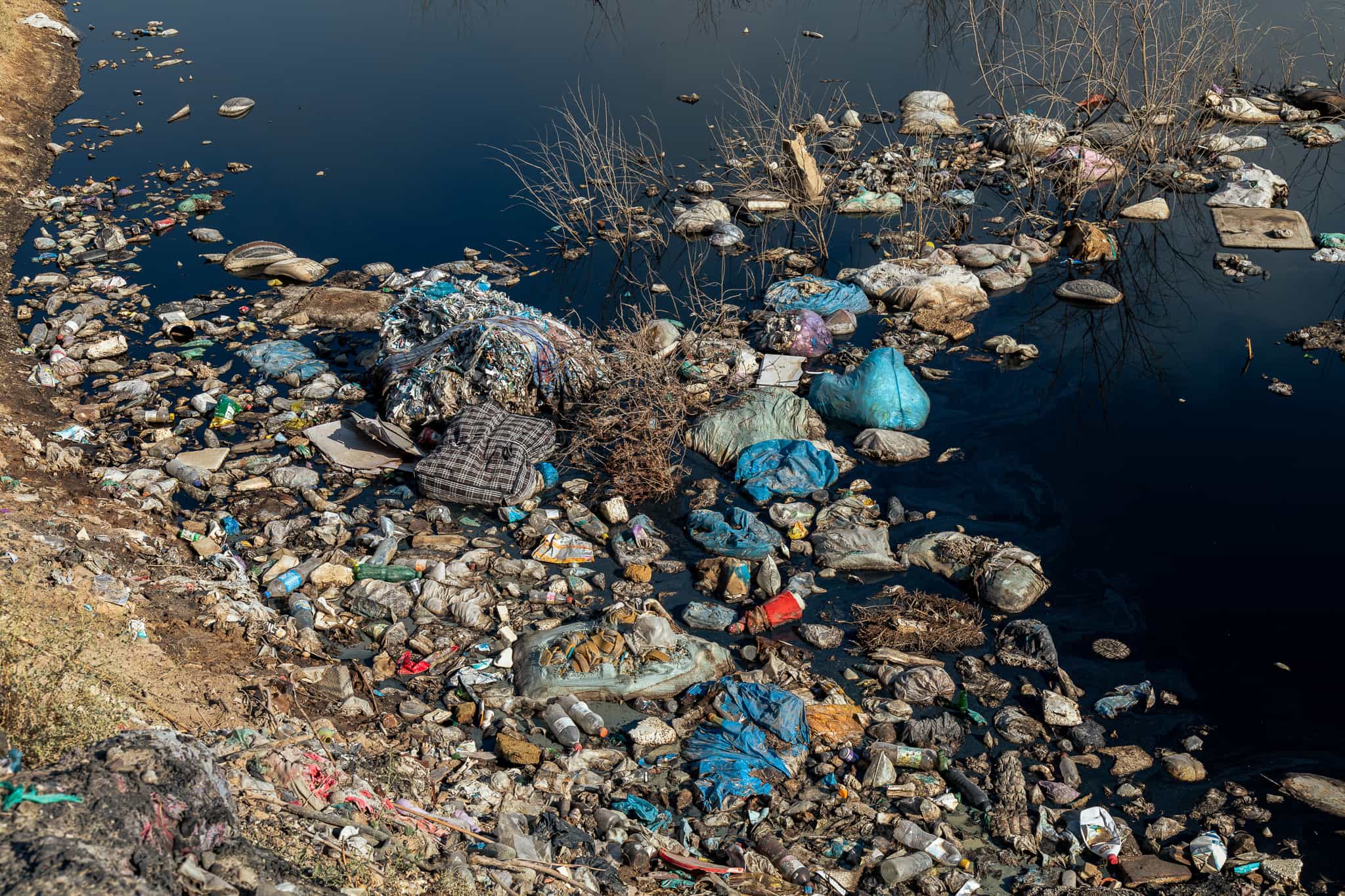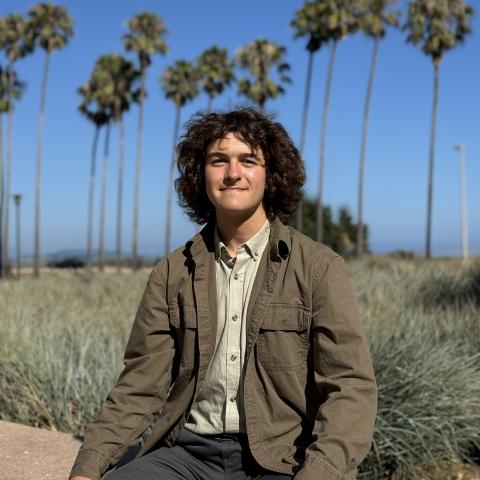Few studies have determined the amount of microplastic pollution originating from tobacco product waste. Cigarette filters contain plastic in the form of cellulose acetate fibers, which break into fibrous microplastics, namely microfibers, due to environmental exposure. Littered cigarette filters have been identified as a significant source of microplastic pollution globally, releasing an estimated 4 quadrillion cellulose acetate microfibers into the environment each year. These microplastics infiltrate soils and sediments and can ultimately contaminate groundwater, especially in areas exposed to treated sewage inputs or untreated stormwater runoff. Assessing the environmental risk of microplastics requires accurate measurements of the amount of these diverse contaminants across water, soil, and sewage.
Due to the varied properties of microplastics, current methods for determining microplastic composition have underestimated the proportion of microplastic pollution originating from tobacco product waste. This project uses novel methods to determine the amount of cellulose acetate microfibers, relative to other microplastics, in groundwater. Groundwater is a precious resource that satisfies up to 100% of the water supply needs for municipalities, the agricultural sector, and communities across California. This project provides data on environmental contamination caused by tobacco product waste that can support the development of California’s precautionary risk assessment framework for microplastic pollution and tobacco cessation policies both locally and globally. Tobacco cessation has the potential to save millions of people each year from otherwise preventable deaths resulting from direct and indirect exposure to tobacco smoke. This is especially impactful for communities facing environmental contamination from tobacco product waste, which are often already disproportionately burdened by various social determinants of health.
Phoenix & Becca’s Impact:
- Completed a literature review on the environmental impacts of microplastics and tobacco product waste.
- Collected water samples in the field, including biosolids, treated effluent, drinking water, creek runoff, and raw groundwater.
- Extracted and analyzed microplastics and pollutants using lab techniques including microscopy and LC/MS.
- Delivered a written report and oral presentation to communicate findings.


